Heading home
20/07/15 07:31
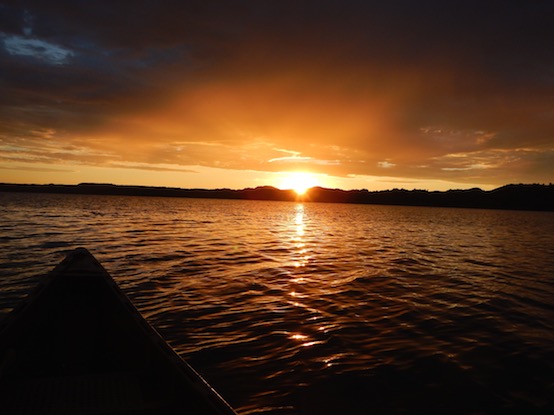
As is true of many places we have visited, we feel like we are just barely getting to know this place now that it is time to move on. Yesterday was a lovely day of paddling and hiking and learning more about this area. When I was growing up, I guess I had a negative bias about the dry country of northeastern Montana, but it is a land rich in diversity and wonder.
The Charles M. Russell National Wildlife Refuge isn’t just a spit of land. It is 1.1 million acres on both sides of the river that stretch from the end of the Upper Missouri Wild and Scenic Area to the Fort Peck Dam. It is home to deer and elk, mountain lions, bighorn sheep and a whole host of other animals. It is also rich in ancient history.
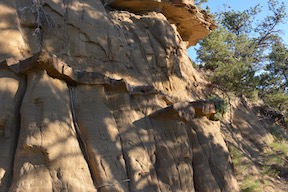
It was in this area that the opening scenes of the movie Jurassic Park were filmed, with the rather eccentric paleontologist, modeled after the real life Jack Horner, digging up dinosaurs. There are active explorations and digs going on to this day. Had we more time, we might have gone exploring and gotten to where we might watch some of the research.
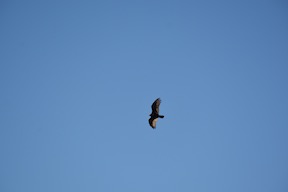
It is a bit difficult to imagine this area as it was 68 to 65 million years ago, with sandy beaches alongside a deep sea and dinosaurs roaming the semi-tropical hillsides. The scale of the changes that have occurred make the size of human impact seem fairly small by comparison. The massive Fort Peck Dam, which was, at the time it was finished, the largest dam ever built and the reservoir backed up behind the dam are very minor occurrences when viewed in geological time. The lake will eventually fill with silt and the dam will be rendered useless at some point in the distant future. Through it all the river will continue to make its way from the Rocky Mountains to the Gulf of Mexico.
The effects of human action, including climate change and other global impacts seem very significant to us. Our lives span a few decades, at most a few years more than a single century. The scale of time in this place is so much bigger than our limited perspective.
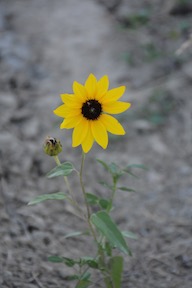
That is not to say that our lives and what we make of them are insignificant. That is one of the great miracles and paradoxes of our faith. We are but a speck in the vastness of the universe but we are a speck that is deemed worthy of relationship with God. Our minds have the consciousness to peer out at the universe and behold its massive distances. Our brains have been given the gift of being able to learn about things that occurred long before our birth - long before there were any humans on this planet. We have been given imaginations that can speculate about the future and the possibilities of humans to travel to other places and experience other dimensions.
I rather enjoy the sense of feeling small in God’s universe. I like to paddle my boat on a lake that is too big for me to cross and to vast for me to fully explore. I like to hike in hills that would take decades for me to feel familiar with their various shapes and paths. I don’t mind the sense that I am a part of a universe that is far bigger than I.
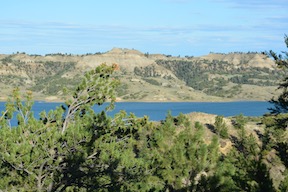
It is indeed a luxury to explore this varied world.